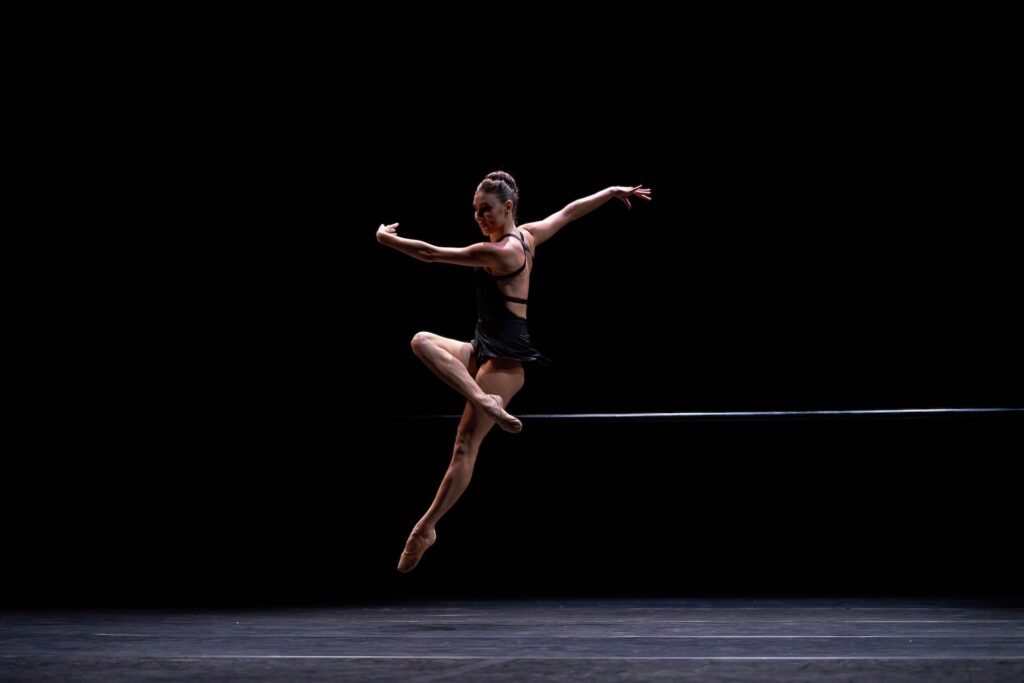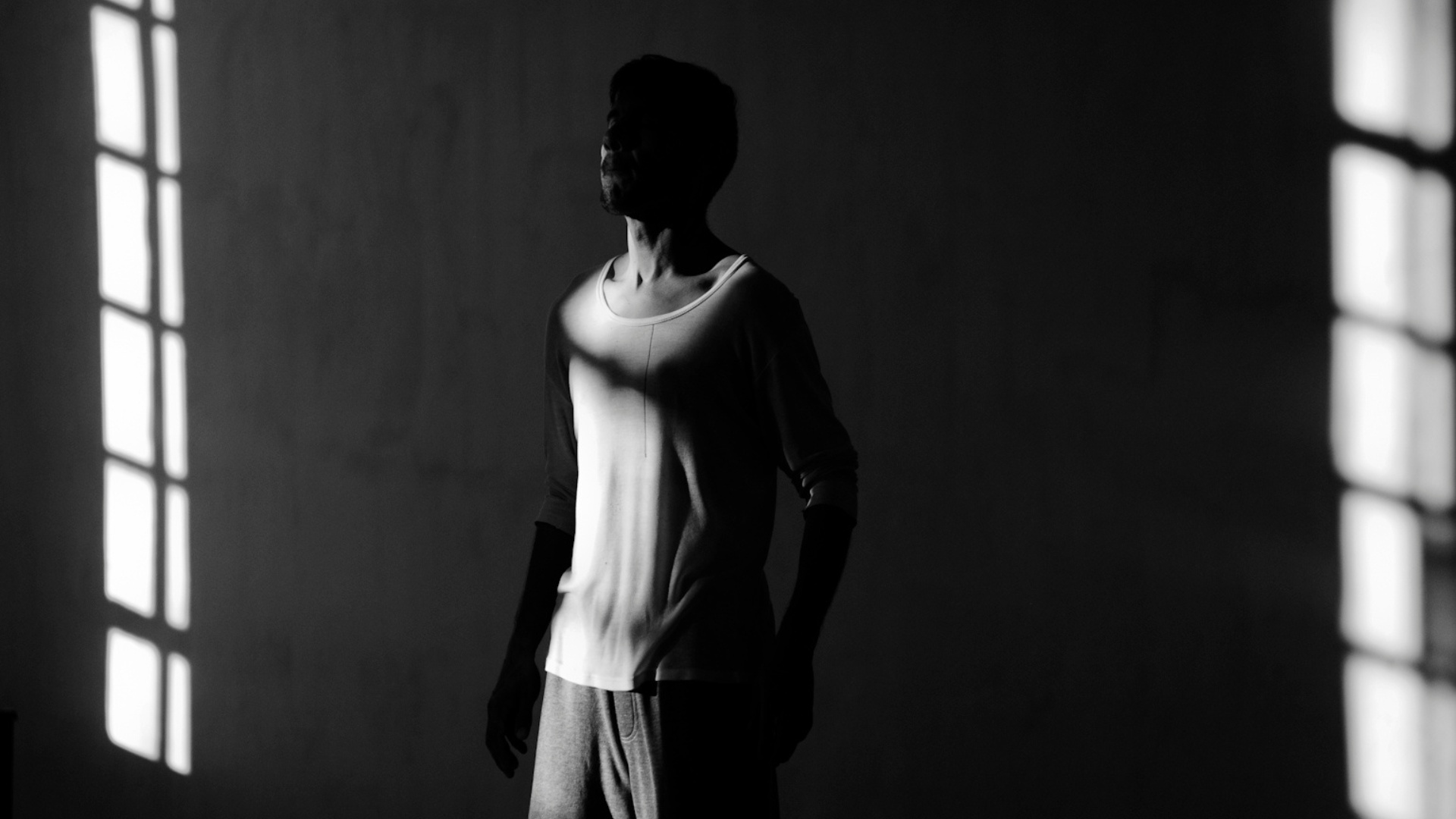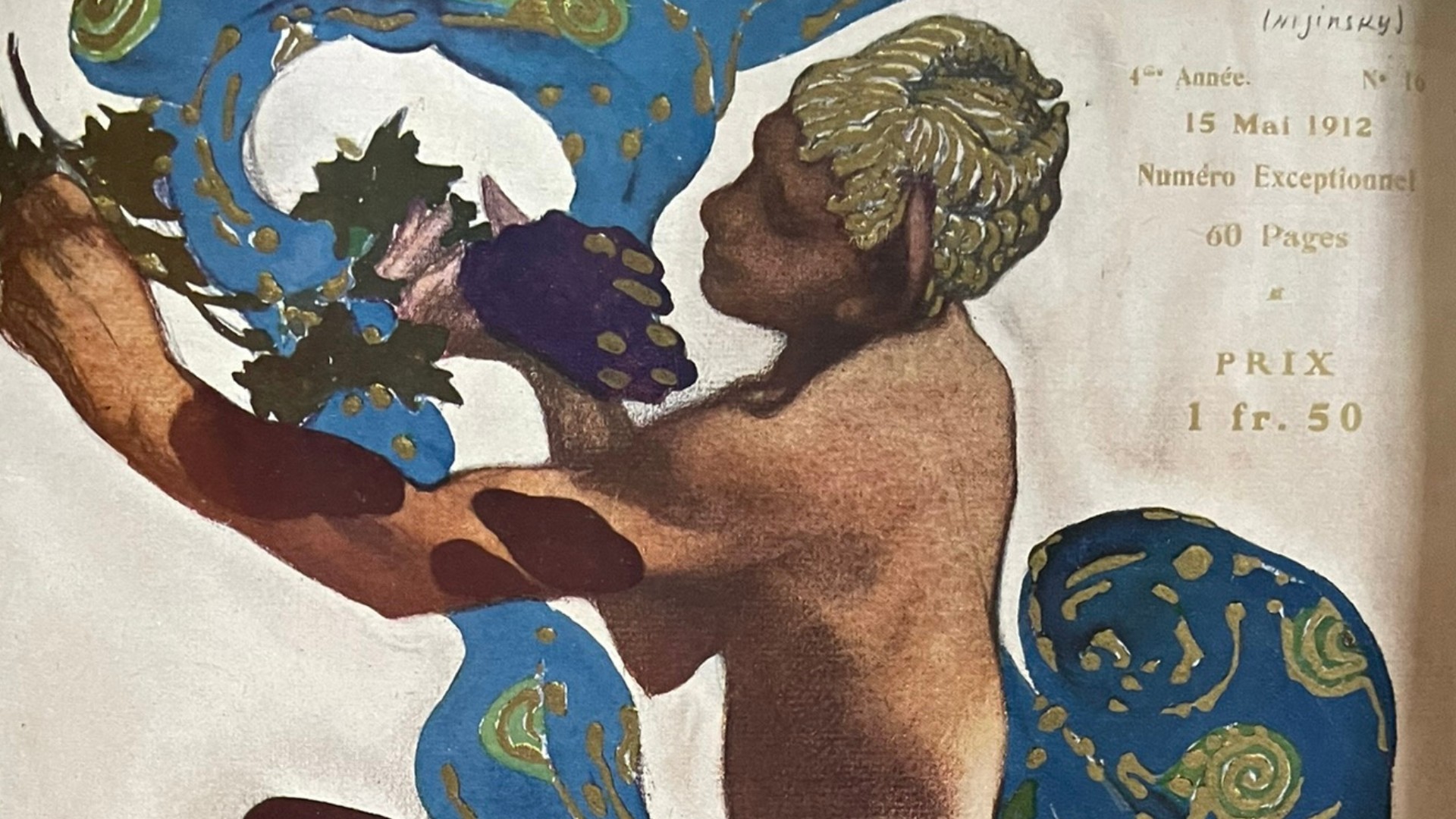It is her grandma’s colourful tales of 1940s childhood in Tennessee and the trips to In and Out Burger that Tiler Peck most remembers from the hundreds of hours they spent together, trundling in a station wagon from Bakersfield, California to ballet rehearsals in Los Angeles, from the age of five to 11. ‘It was three hours there and three hours back, five days a week, and every day my grandma would drive,’ Peck, now a principal dancer with New York City Ballet (NYCB), recalls. ‘I would do my homework on the way and we would play games, like getting the big semi trucks to honk their horns. Oh, how we would laugh!’
When Peck was aged 11, she moved to New York with grandma Princess after she was cast in a Broadway revival of the musical The Music Man. Peck’s mother Georgia, who ran a ballet studio in Bakersfield, and father Stephen stayed on the west coast, working to pay the rent on the New York apartment. ‘Looking back, I don’t think many families would sacrifice as much as those dedicated women did for me,’ Peck says. ‘How many mothers would have the bravery to let their 11 year old move 3,000 miles away to follow their dreams?’
In her 2021 memoir Tears of a Ballet Mum, Sabine Naghdi, mother of Royal Ballet principal Yasmine Naghdi, outlines the financial, familial and psychological costs of raising a professional dancer. These include the cost of travel to international competitions, the many hours spent taxiing one’s child to the best teachers and rehearsals, and the strain wrought on parents and siblings by an asymmetrical allocation of family resources. Naghdi was prompted to write the book by a stage door encounter with the mother of an aspiring dancer. ‘She approached me nervously and asked for my advice,’ Naghdi says. ‘I recalled how lost I had felt when Yasmine started out, as someone who didn’t come from the ballet world.’
Naghdi had previously recoiled, she says, from defining herself as a ‘ballet mum’: ‘One automatically thinks of ballet mums such as the one in the movies Black Swan or The Turning Point, or Margot Fonteyn’s mother, Hilda Hookham.’
‘I don’t think many families would sacrifice as much as those dedicated women did for me’
Tiler Peck

Held as the exemplar of ballet mothers, Hookham is afforded her own chapter in Fonteyn’s 1978 advisory to young dancers, A Dancer’s World. Even in the 1930s and 40s, the term ‘ballet mother’ was somewhat freighted. ‘Certain other mothers had given them a dubious name,’ Fonteyn writes of the formidable Mrs Hookham. ‘Happily, mine never gave me a moment of embarrassment; she suffered my nerves worked off onto her as if she were a cushion; she always had a meal ready when I got home from long rehearsals; and stood by me with her sense of pride well under control and out of sight.’
Eithne Rosenmeier, an IT manager based in Oxfordshire, began her ‘ballet parent journey’ when her daughter Aoife was aged 14 and spotted by an RAD examiner. The examiner ‘told me Aoife had talent and that I should put her up for the Junior Associate Programme [offering students classes with the Royal Ballet School],’ Eithne says. ‘I knew nothing about the world of ballet.’ Thus began several years of long commutes to London and far-flung ballet competitions for Rosenmeier, the family breadwinner. ‘I’ve spent about £40,000 on lessons over the years. I’ve taken Aoife to America, to Italy and Croatia, with flight and hotel costs every time.’
While no similar study has been conducted in dance, a 2019 report into the cost of raising a professional sportsman found that, excluding scholarships, a professional Formula One driver sets their parents back an eyewatering £595,000 and golfers around £333,000. Football players cost around £23,000 to raise when travel to games and training is factored in.
For Rosenmeier, there is also a high emotional toll. Ballet is a competitive, high-stakes endeavour, and rejections and setbacks can be hard for both children and parents to navigate. ‘There are times when you see your kid utterly wrecked, whether from rejection or just being exhausted physically,’ she says. Sabine Naghdi recounts a low point when Yasmine was called in last-minute to dance Swan Lake in Madrid. It was a big break but Yasmine had come down with an acute chest infection and, distressed, was put on bed rest in her hotel room and told not to dance. ‘I abandoned my work, grabbed my carry-on and dashed to Heathrow,’ Naghdi says. ‘I nursed her so she was well enough to dance, as she was utterly determined to do.’
‘I’ve spent about £40,000 on lessons over the years’
Eithne Rosenmeier


South Africa-based Jose M Franco-Green, whose son Miguel, 18, travelled to London to compete in the RAD’s flagship Margot Fonteyn International Ballet Competition last year, says that he has found ballet to be a surprisingly tough world. ‘There’s no participation trophy,’ he says. ‘You either finish the dance and do well, or you don’t, and kids have to deal with that aspect pretty damn quickly!’
Nilofer Naqvi’s eldest son Felix Valedon, 12, is an up-and-coming dancer at the School of American Ballet, the official school of NYCB. Valedon danced as a soldier in the annual outing of The Nutcracker and in a breakthrough role in Alexei Ratmansky’s Solitude in 2024. Naqvi says that the differential wealth of the New York ballet parents is notable, with parents of one star performer buying front-row seats to every performance, while others struggle to get their children to rehearsals. The growth of whatsapp groups, where adults discuss the intricacies of ringlets and buns, are ‘both good and bad,’ Naqvi says. ‘They’re supportive, but they also breed anxiety and drive you mad when there are 20-plus messages in a day.’

‘Parents’ whatsapp groups are supportive, but they breed anxiety and drive you mad’
Nilofer Naqvi

Naqvi, an academic psychologist, adds that the toll on ballet parents is worsened when industry standards are shifting and unclear in their requirements of children and parents. NYCB’s The Nutcracker was a standout in this respect, she adds. Even so, as a single parent with another young son, Naqvi relies on friends in Manhattan to collect Felix from rehearsals and performances and says she will have to ration his performances in future years to keep the family’s day-to-day show on the road. ‘It’s quite a juggling act,’ she admits.
In Tears of a Ballet Mum, Naghdi discusses the impact on siblings of raising a ballet child. It’s not simply the non-dancing sibling feeling sidelined by resources directed towards the dancing child, she points out, but the outward focus of strangers on the star sibling. ‘You go to a lunch and the first question is: “how is Yasmine’s career?”’ Naghadi says. ‘That’s been pretty tough for Tatiana.’ In the early days, she found succour in the memoirs of sports parents such as Betty Agassi, mother of tennis star Andre. ‘The issues are very similar,” she explains, ‘though there’s generally more support for parents of elite sports stars.’
Rosenmeier would like to see improved vocational signposting for ballet parents. Her daughter Aoife, a 2023 competitor in The Fonteyn, recently graduated from the Royal Conservatoire of Scotland, leaving the family at sea around next steps. ‘In ballet you come to the end of your professional training and suddenly you have to find your own way,’ she says. ‘You don’t know how to prepare for auditions, or the best career routes.’

Franco-Green, who works in procurement and describes his role as a ballet father as ‘one part psychologist to four parts Uber driver,’ says that the family has avoided costly errors thanks to their acquaintance with Michael Revie, a retired principal at Ballett Zürich and Birmingham Royal Ballet, who acts as an informal mentor to Miguel (now dancing with Joburg Ballet in Johannesburg). ‘Michael danced ‘til he was 40, so he had great advice on establishing a lasting career,’ Franco-Green explains. Dancers without those resources may fall at an early hurdle.
Behind every elite dancer there’s an army who have danced in the shadows like a dogged corps de ballet. On a Zoom call from Bakersfield, Tiler Peck’s mother and grandmother tell me that the long commutes and long-distance living arrangements were, on balance, all worth it. ‘Tiler’s achievement is our achievement as a family too,’ mother Georgia says. ‘It does feel wonderful, doesn’t it?’ agrees grandmother Princess.
Sally Howard writes on social affairs for the Observer, BMJ and others. Her next book, due to be published in 2025, is Vagina Inc.
Sergiy Maidukov is a Ukrainian illustrator who works for the New Yorker, Guardian and Financial Times.


















